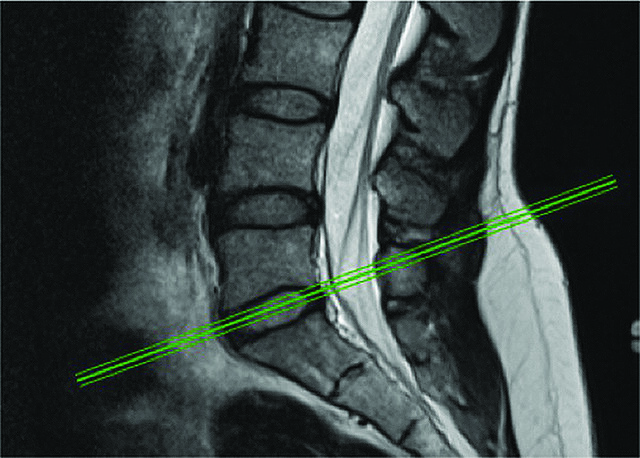
Working under the direction of faculty member Richard Sesek, Celal Gungor and Ruoliang “Rio” Tang studied the relationship between lower back geometry to a subject’s gross anthropometry, or characteristics such as their height, weight, gender or age. Gungor and Tang studied 3T MRI scans taken at Auburn’s MRI Research Center to better understand these relationships, which can be used to help improve ergonomic modeling that often relies on average values for the size and position of low back structures. Their early testing with a database of jobs that have known health outcomes indicated promising improvements in risk estimation. They also investigated the intervertebral disc cross-sectional area as further means to improve ergonomic modeling. Their work was funded by two grants from the National Institute for Occupational Safety and Health (NIOSH) and was named the best research presentation among fellow Dillon-Carnahan programs at the Deep South Center for Occupational Health and Safety’s research symposium in April. The center’s Dillon-Carnahan Research Program promotes and expands support for new investigators’ research. Gungor and Tang successfully defended their dissertations in April and plan to continue this line of research as academicians.
[miniflickr photoset_id=72157633790670215&sortby=date-posted-asc&per_page=50]